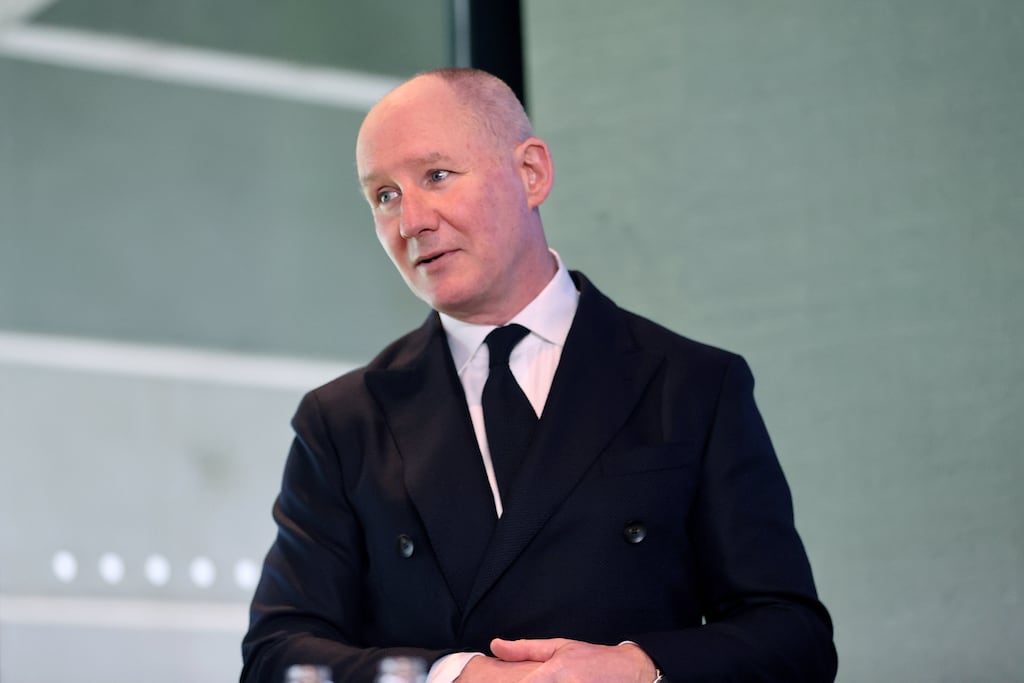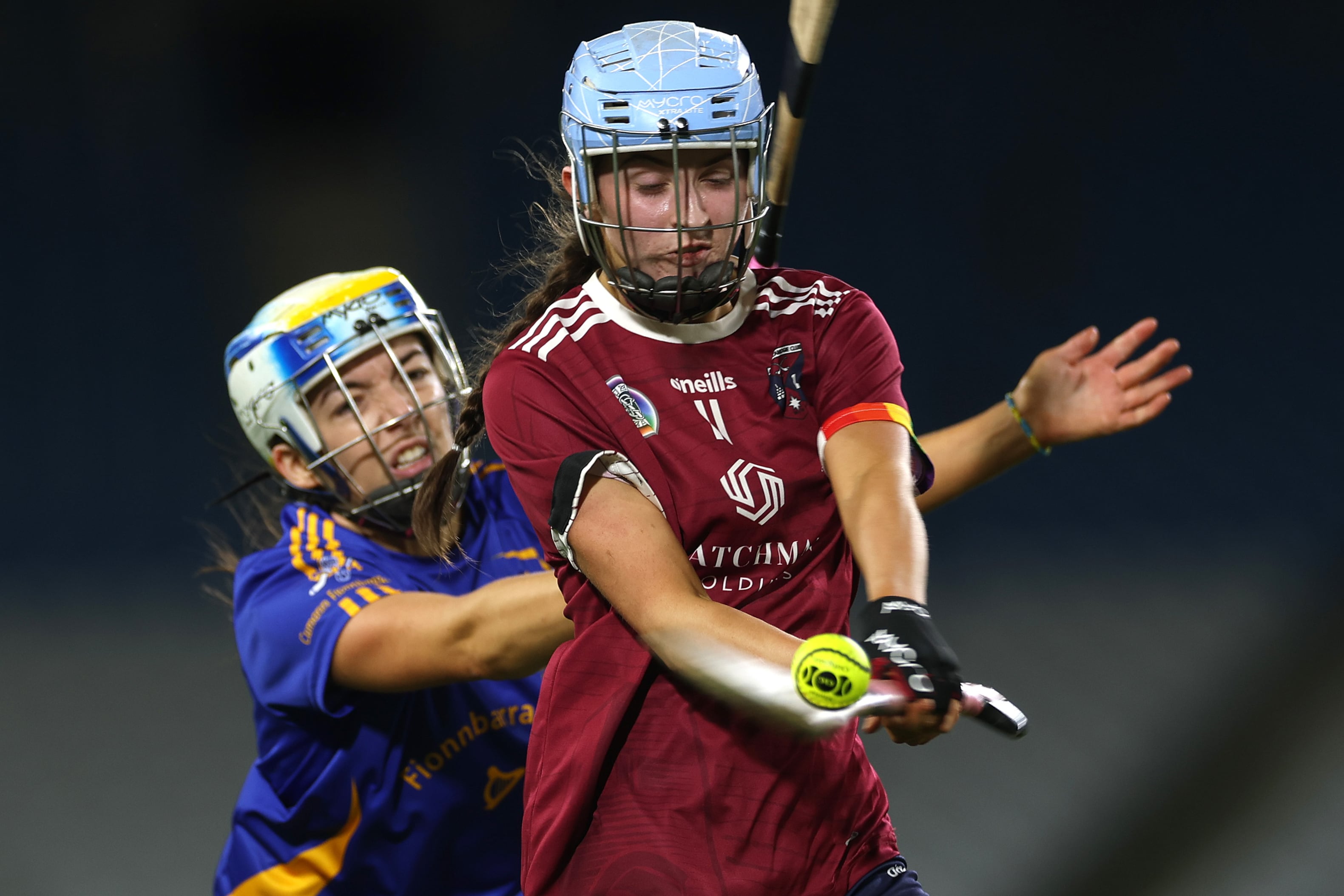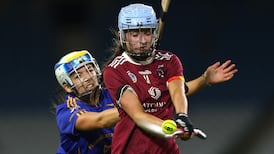In Over the Bar, Breandán Ó hEithir wrote about the 1946 All-Ireland football semi-final and how infuriated he had been by his near namesake Micheál O’Hehir’s radio commentary and “his famous phrase, ‘For the life of me I don’t know what the booing is about’.
“I was sitting in our house in Inis Mór,” he continued, “wishing I were in Croke Park. It was a wet day and the booing started early on, and I was familiar enough with games to know exactly what crowd reactions were about, particularly when frees for a certain team followed the booing.”
Antrim had emerged from Ulster with a short passing, running game, which Kerry disrupted by taking out the intended receiver. It was cynical but brutally effective.
It led to an Antrim protest that Kerry had brought the game into disrepute, which was rejected by Central Council.
READ MORE
It is a long time ago now and the outrages are unlikely to feature in the consultations of Jim Gavin’s Football Review Committee with the GAA public but it does focus on a continual theme: the game as originally conceived, catch and kick, and the tactics, permitted or not, devised through the decades to circumvent it.
Reformations bring counter-reformations, which was where Kerry’s brisk approach to the 1940s outbreak of possession football arose.
Kerry officially became the game’s brand leaders in the 1940s, rising to the top of the roll of honour, which was a fair achievement given that Dublin had eight All-Irelands on the board before Kerry’s first. Even now, only three counties have more than eight All-Irelands.
In The Madness of Football, the Irish Examiner’s excellent podcast history of trends within the game, the paper’s reporter Maurice Brosnan, who co-presents with historian and columnist Paul Rouse and former Mayo manager James Horan, who is a member of Gavin’s FRC, provides modern statistical data on old matches.
In reviewing the 1966 All-Ireland final, overwhelmingly won by Galway for their three-in-a-row, Brosnan points out that the traditional game played by Meath effectively doomed their challenge because they couldn’t win primary ball such was the Galway defenders’ superiority in the air.
There was no attempt by Meath to vary play and that final featured only 24 hand passes. Last year’s championship saw an average of 421 per match.
Having historically mastered traditional play, Kerry for a long time regarded it as a duty to see off attempts to innovate ways around that heritage. In the 1960s, Down broke the ball at centrefield to decommission Kerry’s high catching just as Tyrone 40 years later countered it by swarming the catcher on their return to earth.
Uncontested kickouts are equally a modern attempt to play around that middle area.
That was beginning to impact on sensibilities when the late Eugene McGee chaired the 2012 Football Review Committee. FRC member Paul Earley observed that hurling was more exciting than football because it provided more contests for the ball.
The inexorable rise of hand passing exacerbated that contrast. The 2012 FRC decided against intervening on the issue, recommending that the ratio to kick passing be monitored.
That ratio had progressed from 1:1 in the 1970s to 1.8:1 in 2000 to 2.3:1 in 2010 but during the latter stages of the 2012 All-Ireland championship the ratio dipped to 2.1:1.
According to McGee, were the ratio to stretch to 4:1 or 5:1 the GAA would be obliged to act.
In fact, Rob Carroll’s Statistical Analysis Report – Football 2023, published last autumn, reveals that the ratio has remained more or less stable since 2016, ranging between 3.1 and 3.5 but over the eight years, averaging 3.25, still within Eugene McGee’s red line.
At Gavin’s launch of the current review, he unveiled the FRC mission statement: ‘Gaelic games will be the most enjoyable amateur games in the world to play and watch’.
That mission or vision of enjoyment has a long history. The 1971 McNamee Commission warned that unless the games were “attractive to players and spectators, improvements in structure or methods of organisation will be of little use”.
By 1990, a football work group chaired by Dublin’s Tony Hanhoe addressed average ball in play time of 11 minutes per half with a range of proposals to speed it up. The purpose according to Hanahoe was “to develop a more enjoyable game for the players and a more attractive spectacle for spectators”.
Eugene McGee launched the 2012 report, declaring the objective of “making Gaelic football a bit more enjoyable for everyone and a bit more attractive”.
Primary concerns to arise from that consultation were refereeing standards and cynical fouling. That had also troubled McNamee 40 years previously.
“We were particularly concerned about the high incidence of the deliberate fouls on an attacking player to prevent a score,” read the report but crucially, the commission made no recommendation on a suite of proposals from a coaching workshop that addressed the issue.
This was despite having noted that, “The solution appears to lie therefore in making it ‘expensive’ to foul a player deliberately”.
McGee’s FRC notably introduced the black card to punish defined acts of cynical fouling.
In introducing The Madness of Football last December, Paul Rouse pointed out that the game has always been in crisis going back 100 years, to the question posed by the Irish Independent: “Is it true, after all, that Gaelic football is dying?”
The context is modern but Jim Gavin and his impressive committee will be grappling with an age-old challenge: how football is played to the aesthetic satisfaction of spectators and the enjoyment of its players and how to counter foul play that seeks to disable advantages of skill and imagination.
You wish them well.
e: sean.moran@irishtimes.com
















